This special installment of the “A Look Inside the Book” column will review standout titles from this past year in the areas of history, halacha, renewed classics, and fiction.
A Look Inside the Book is an Anash.org feature that takes a look at what’s new on the shelves of Seforim stores, and reviews recently printed seforim and books. The feature is sponsored by SeforimDeals.com
By Shmuel Super
Genre: Renewed Classics
Vikucha Rabah
Machon Hasefer
302 pages
Vikucha Rabah is a unique, one-of-a-kind work on the Chassidic bookshelf. Inspired by the format of the Kuzari’s defense of Judaism, Shomer Emunim’s (R. Yosef Irgas) defense of Kabbalah, and similar works, Vikucha Rabah uses the literary device of a fictional dialogue between a student of the Vilna Gaon and a student of Harav Levi Yitzchak of Berditchev, to explain the meaning of Chassidus and the need for it.
First published 150 years ago in two different versions under the titles Vikucha Rabah and Matzref Ha’avodah, Machon Hasefer published a new and complete edition of this work in 5774, edited by R. Shmuel Raskin, and have now reprinted it with some editorial improvements.
As the introduction to the new edition explains, the dialogue is dated to the year 5546, when the machlokes between chassidim and misnagdim was still raging strongly. But the sources used by that author make it clear that it was in fact written around 40 years later. The identity of the author is not provided, and remains an open question until today.
However, it has been conclusively proven that Harav Yaakov Kaidaner wrote at least some of the chapters in the Matzref Ha’avodah version, and may have played a larger role in the overall authorship of the sefer.
One piece of evidence for this—unreferenced by the editors of the new edition—is the chasid’s description of having learned in the Yeshivah of Volozhin and report concerning the conciliatory attitude displayed by R. Chaim Volozhiner towards Chassidim (p. 191). This report matches R. Yaakov Kaidaner’s autobiographical account of his time in Volozhin related in Sipurim Noraim (p. 40 and p. 63 in the 5776 edition).
A leading chasid of the Mitteler Rebbe and the Tzemach Tzedek, R. Yaakov Kaidaner was an important figure in the history of Chabad literature, writing the first running commentary on Tanya (Biur Tanya, Kehos 5772) and Sipurim Noraim, the first book of stories of the Chabad Rebbeim. R. Yaakov Kaidaner can thus be argued to have been the first author among Chabad Chassidim, in the sense of writing full seforim, rather than collections of unrelated halachic teshuvos and maamarei Chassidus.
Vikucha Rabah is written in the form of a dialogue of letters between “R. Binyamin Zev, a student of Vilna Gaon,” and “R. Yosef of Nemirov, a chasid of Harav Levi Yitzchak of Berditchev.” These literary characters are described as having learned together in Yeshivah in their youth, and R. Binyamin Zev turns to his old friend who has since become a chasid with his question about the path of Chassidus.
While the Chasidic protagonist is presented as a chasid of the Berditchever, from the content of the arguments it is clear that the author of this work was actually a learned Chabad chasid. Most of the Chassidic minhagim the misnaged questions are in fact unique to Chabad, and the chasid’s explanations of what Chassidus is about are clearly drawn from Chabad sources.
The sefer can be divided into two sections. The first part is halachic, concerning the changes introduced by Chassidim to the nusach hatefilah. The misnaged writes a letter raising objections to changing accepted minhagim based on kabbalah, and the chasid responds by explaining the importance and authority of the Arizal.
The second—and most important—section of the book concerns the path of Chassidus in Avodas Hashem. The letter of the misnaged presents 20 questions about Chassidus, such as the role of a Rebbe; the emphasis placed on davening and the tension with zman tefilah; the immanence of Elokus in the world; and the reason for the revelation of Chassidus specifically in later generations.
In his letter, the misnaged writes that he presented these questions to a chasid he met, and reports the answers he received. This anonymous chasid, termed “the chaver,” is clearly serving the unstated role of representing the derech of non-Chabad Chassidus.
“R. Yosef of Nemirov’s” letter of response begins with a general endorsement of the answers given by the Chassidic chaver. However, he states that the chaver doesn’t always reflect the full depth of the concepts, and misrepresents certain elements of Chassidus.
It is possible that this letter reflects the ultimate purpose of the sefer. Rather than a polemic aimed at convincing misnagdim, it can be argued that the real target audience of Vikucha Rabah was the non-Chabad Chassidic world. This could explain why the transparently Chabad writer conceals himself as a talmid of the Berditchever.
The chasid’s letter of response then responds to each of the misnaged’s questions, adding a deeper Chabad perspective to the chaver’s answers. The notable point on which he strongly disagrees with the chaver is regarding the role of hispaalus, excitement in davening.
While the chaver considers all feelings and expressions of hispaalus as authentic and holy, the chasid presents the Chabad perspective, as explained by the Mitteler Rebbe, maintaining that true hispaalus can only come from a deep intellectual hisbonenus about Hashem’s greatness.
The author makes his arguments for Chassidus in a generally straightforward and clear style, illustrating his points with beautiful meshalim. The letter presenting the Chabad approach is lengthier and more complex by nature, but explained on a level that can be appreciated by a reader with decent Torah background knowledge.
The new edition, edited by R. Shmuel Raskin of Cholon, Eretz Yisrael, has been prepared based on manuscripts of the work, and includes both the Vikucha Rabah and Matzref Haavodah versions. Differences between the manuscripts are noted in the footnotes.
The sefer has been structured in a clear format, and the letters have been broken up into numbered subsections, helping the reader keep track of the flow of questions and answers. The footnotes of the new edition reference the sources the anonymous author used, uncovering the Chabad sources that the author concealed.
Written 150 years ago in a very different time, Vikucha Rabah remains relevant to anyone seeking to understand the foundations of Chassidus. Many of the questions raised are still asked today, and the answers given resonate with a timeless quality.
The excellent new edition finally renders this classic work in a clear and easy to follow format, with footnotes that explain difficult passages, and reference sources and parallels.
Vikucha Rabah can be purchased here.
Previously reviewed renewed classics: Shaar Habitachon: Gate of Trust.
A Look Inside the Book is sponsored by SeforimDeals.com. Contents of the article are prepared by the author.
For previous articles in the series, click here.
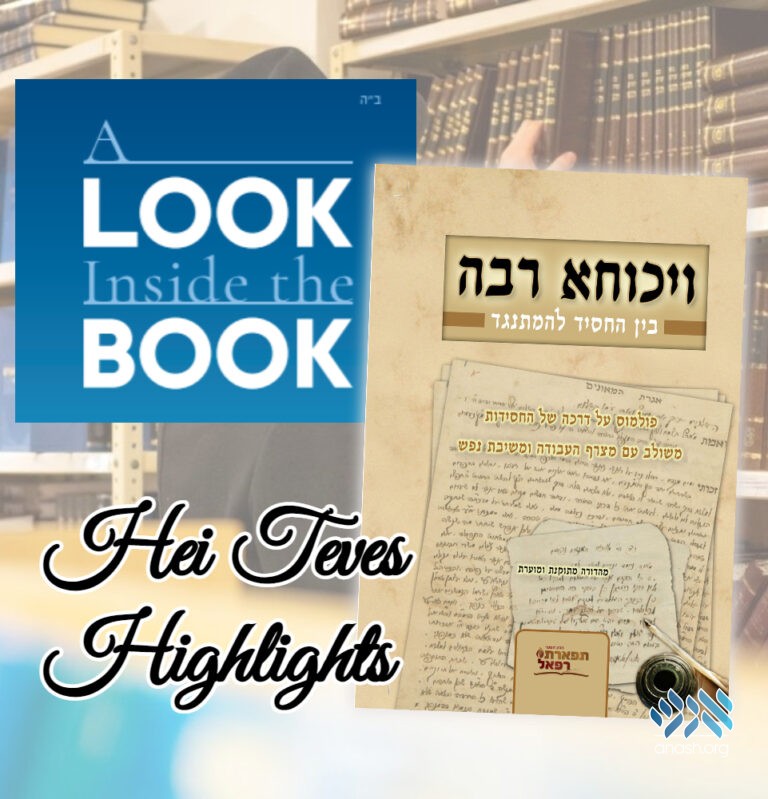
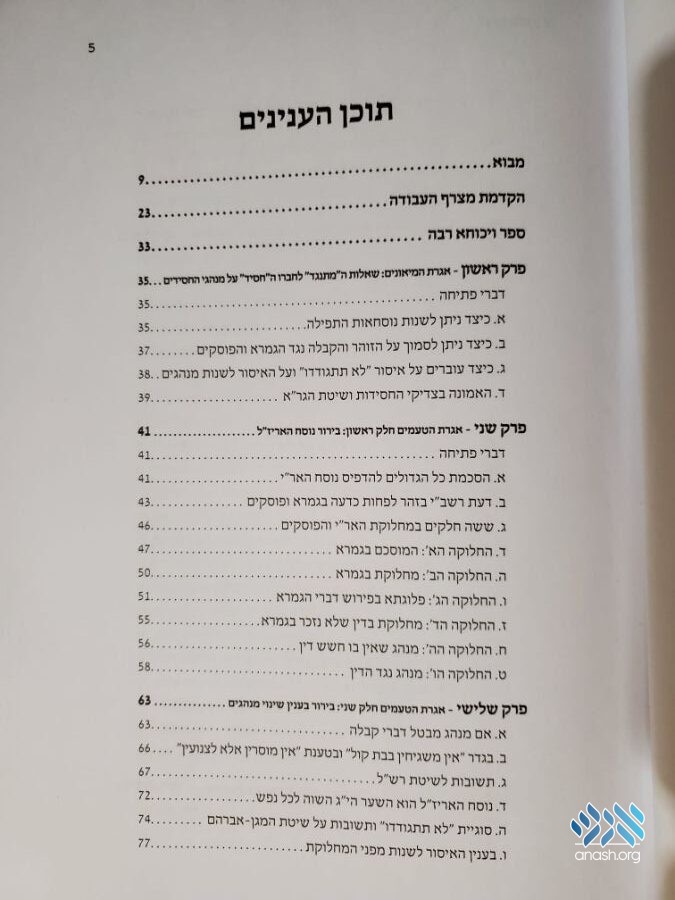


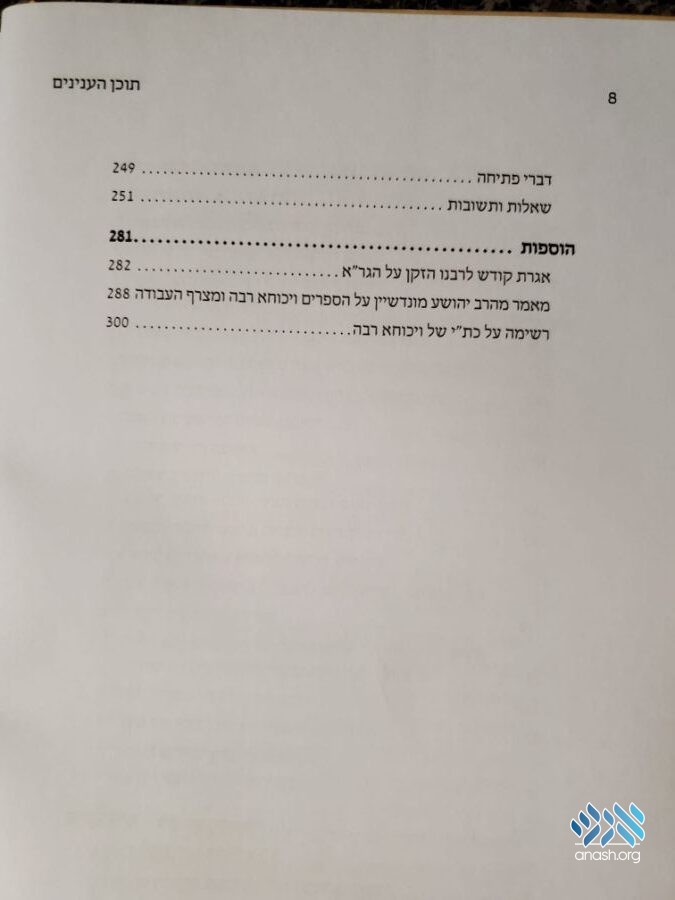
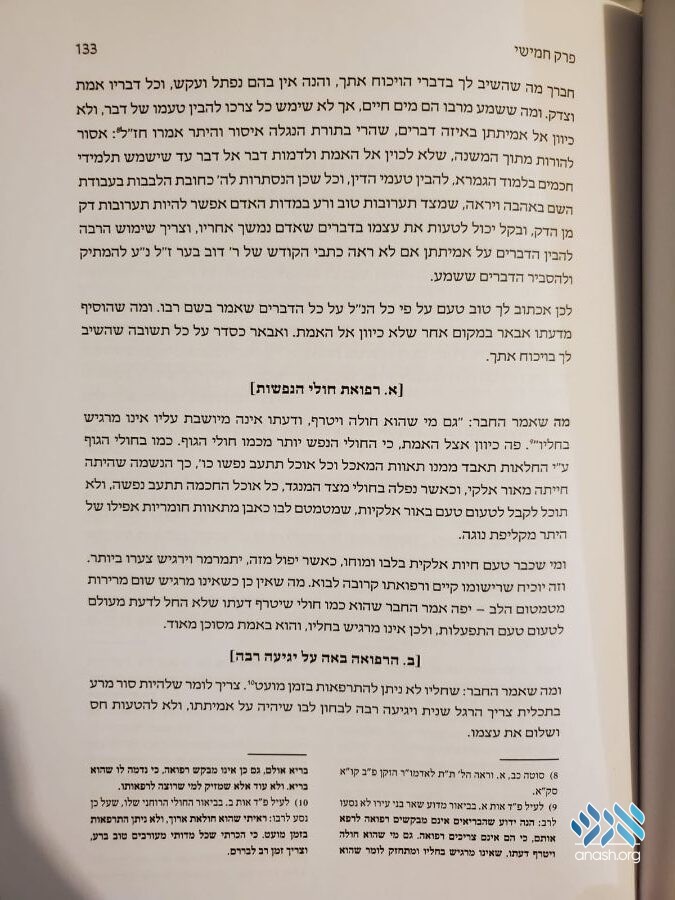
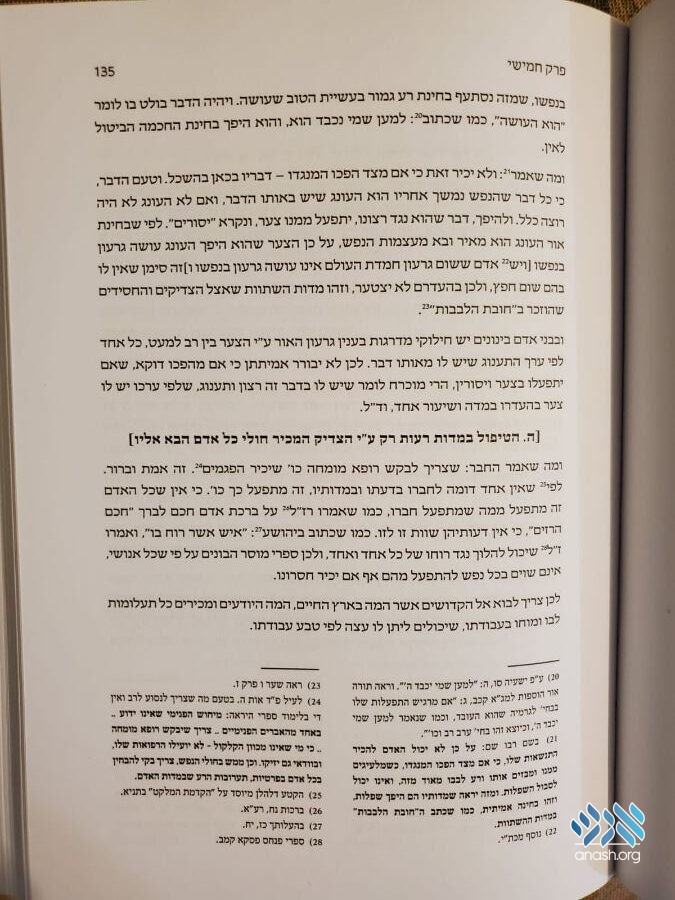
Discussion
We appreciate your feedback. If you have any additional information to contribute to this article, it will be added below.